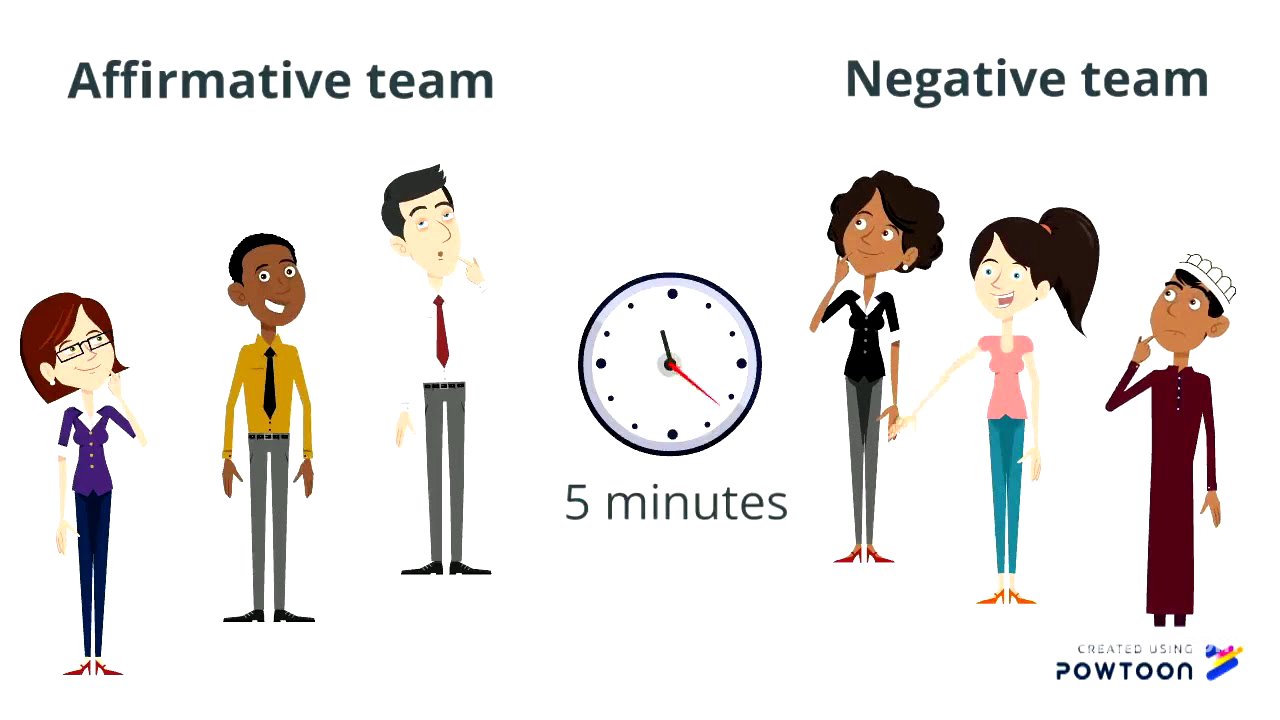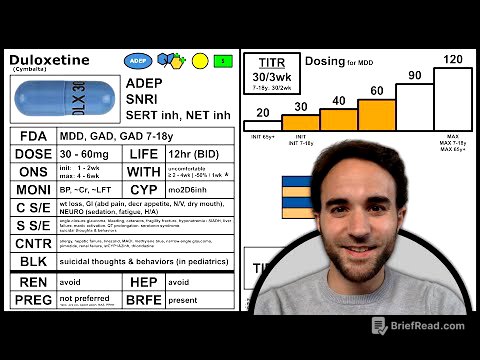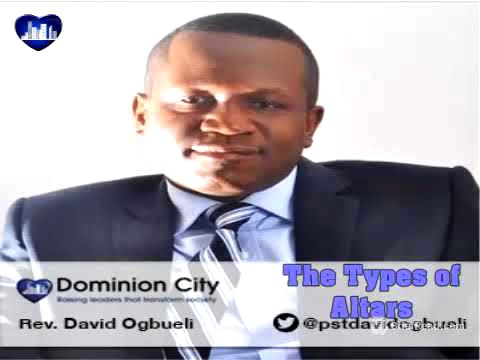TLDR;
This video explains the structure of a debate between two teams: the affirmative team, which argues for an issue, and the negative team, which argues against it. The debate involves presentations, defenses, reinforcements, rebuttals, and final arguments from each team, with the audience assessing their performance.
- Two teams: affirmative and negative.
- Three team members who present, defend, and reinforce arguments.
- Rebuttal phase for direct response and counter-arguments.
- Team leaders present final arguments.
- Audience assesses team performance.
Introduction to Debate Structure [0:02]
The video introduces the structure of a debate involving two teams: the affirmative team, which argues in favor of a specific issue, and the negative team, which argues against it. The presenter outlines the roles and responsibilities of each team member throughout the debate.
Initial Arguments [0:17]
The first person from the affirmative team begins by presenting their argument in support of the issue. Following this, the first person from the negative team presents their counter-argument, opposing the issue.
Defending Arguments [0:34]
The second person from the affirmative team has five minutes to defend their team's argument by providing supporting information and facts. Similarly, the second person from the negative team has five minutes to defend their team's opposing argument.
Reinforcing Information [0:58]
The third person from the affirmative team has five minutes to reinforce the information and facts presented by their team members, further solidifying their argument. The third person from the negative team mirrors this by reinforcing their team's opposing stance.
Rebuttal Discussion [1:18]
Both teams engage in a 10-minute discussion to strategize how to respond to the opposing team's arguments in the upcoming rebuttal phase. This involves planning counter-arguments and identifying weaknesses in the opponents' positions.
Rebuttal Phase [1:29]
The discussion continues in a zigzag pattern, with each team member presenting their arguments as a direct response to the opposing team's points. This phase involves a back-and-forth exchange of arguments and counter-arguments.
Final Arguments [1:44]
The team leader from each team presents the final argument, summarizing their team's position and making a last attempt to persuade the audience. This is a crucial opportunity to leave a lasting impression and reinforce the key points of their argument.
Assessment [1:57]
While the debate is ongoing, the remaining students monitor the arguments and fill out assessment sheets to evaluate each team's performance. These assessments are used to determine which team wins the debate based on the strength of their arguments and their overall presentation.









